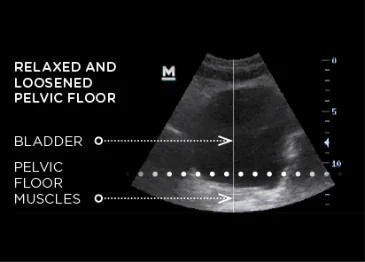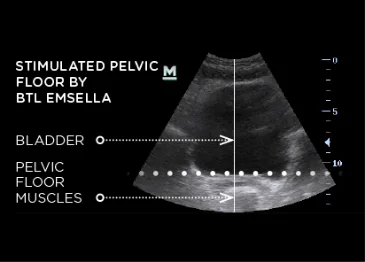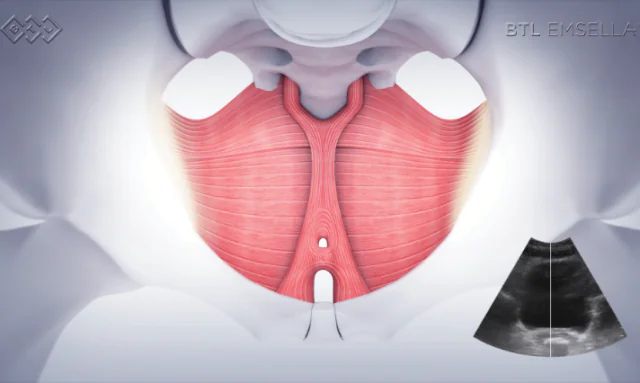CONTACT US
- (571) 888-5193
- info@yullitherapeutic.com
- 8347-A Greensboro Dr. McLean VA, 22102
- Cancellation Policy
WORKING HOURS
- Monday-Friday 9am – 7pm
- Saturday 7am – 5pm
- Sunday 7am – 5pm
Recognition



Pelvic floor muscles are the layer of muscles that support the pelvic organs and span the bottom of the pelvis. Strong pelvic floor muscles gives you control over your bladder and bowel. Weakened pelvic floor muscles mean your internal organs are not fully supported and you may have difficulty controlling the release of urine.
A breakthrough treatment for incontinence and confidence. This unique technology revolutionizes women’s intimate health and wellness by providing those suffering from incontinence with a completely non-invasive option.


EMSELLA utilizes electromagnetic energy to deliver thousands of supramaximal pelvic floor muscle contractions in a single session. These contractions re-educate the muscles of incontinent patients.
To date 5 clinical studies have been published on EMSELLA. Studies confirm 95% of patients report an improved quality of life
Urinary incontinence is defined as the involuntary leakage of urine. There are three different types of urinary incontinence:
This might be a result of weak pelvic floor muscles since pelvic floor muscles play an important role in supporting pelvic organs and controlling continence. Physiological changes can contribute to the development of urinary incontinence; changes such as vaginal delivery, menopause, and aging can decondition pelvic floor muscles.
Your provider will tailor a treatment plan for you. A typical treatment takes about 30 minutes and you will need about 6 sessions, scheduled twice a week.
You will experience tingling and pelvic floor muscle contractions during the procedure. You may resume daily activities immediately after the treatment.
You may observe improvement after a single session. The results will typically continue to improve over the next few weeks.**
Pelvic floor muscles are the layer of muscles that support the pelvic organs and span the bottom of the pelvis. Strong pelvic floor muscles gives you control over your bladder and bowel. Weakened pelvic floor muscles mean your internal organs are not fully supported and you may have difficulty controlling the release of urine.
Maecenas exercitationem nonummy. Urna, posuere provident? Sociis voluptatibus, ridiculus maecenas minima ipsa laboris bibendum. Commodo.
